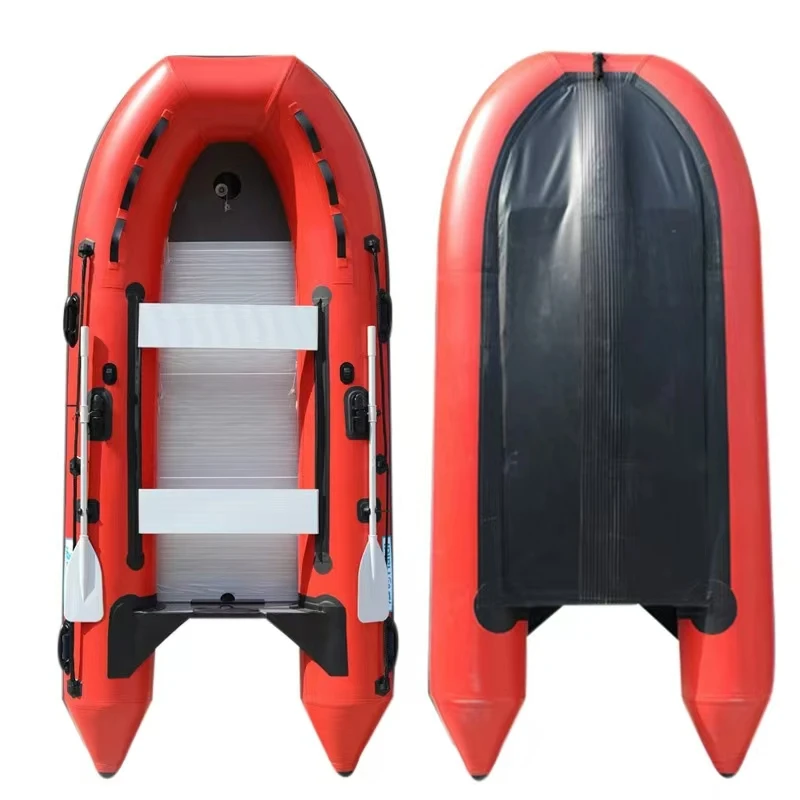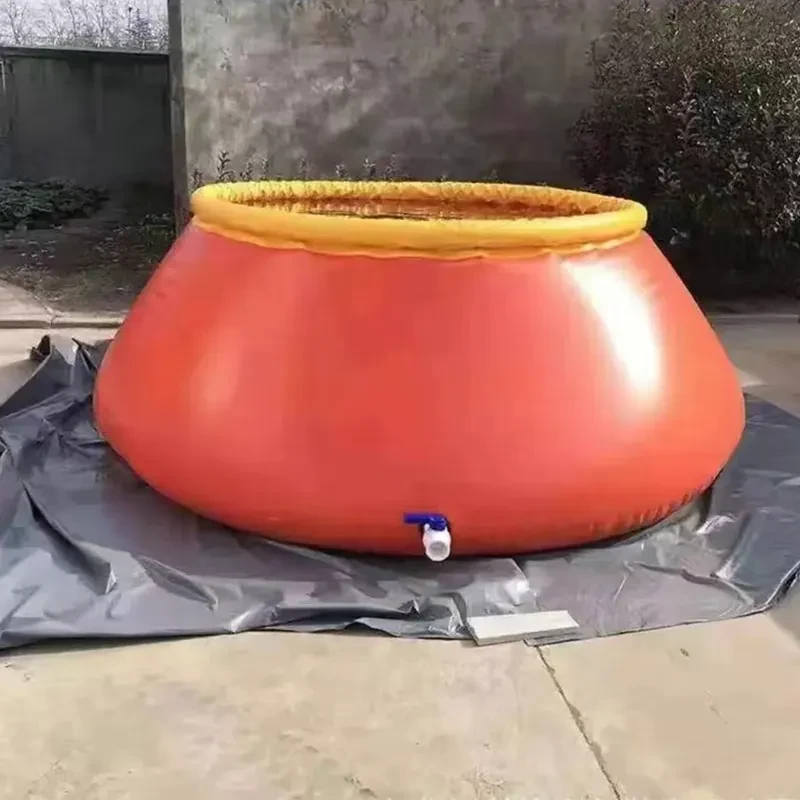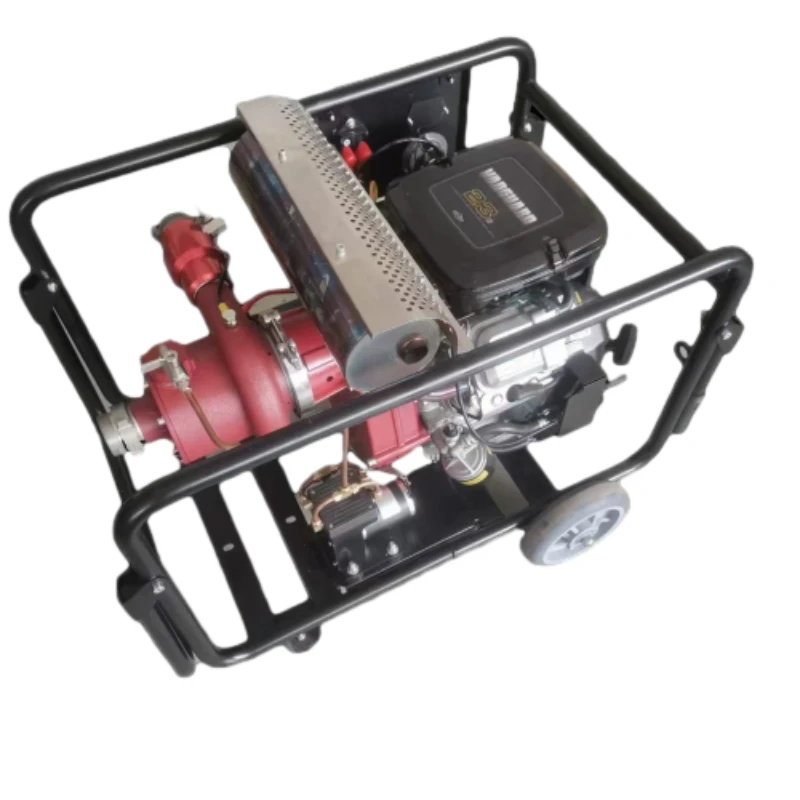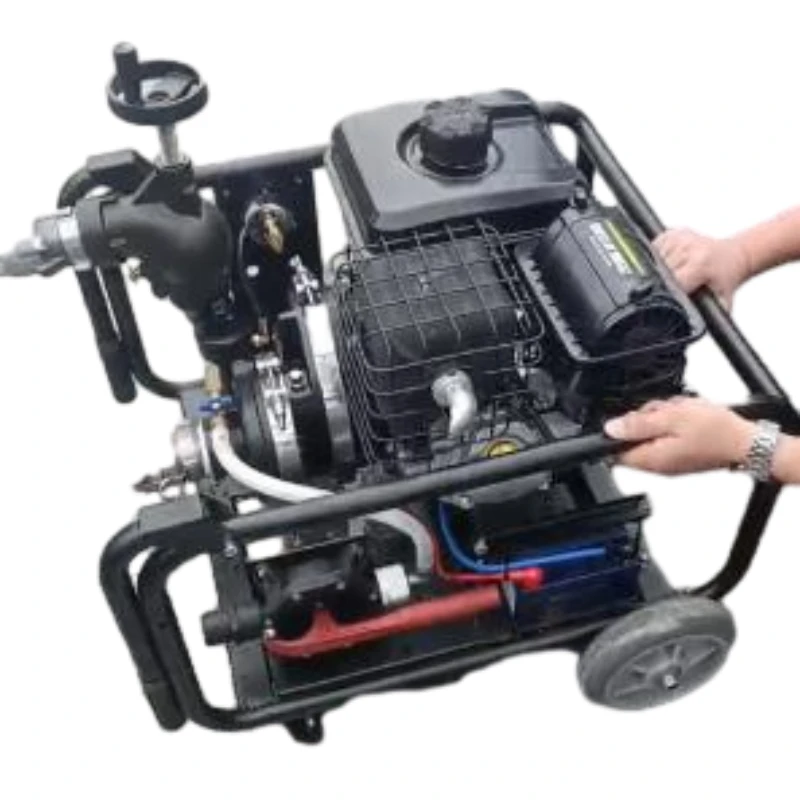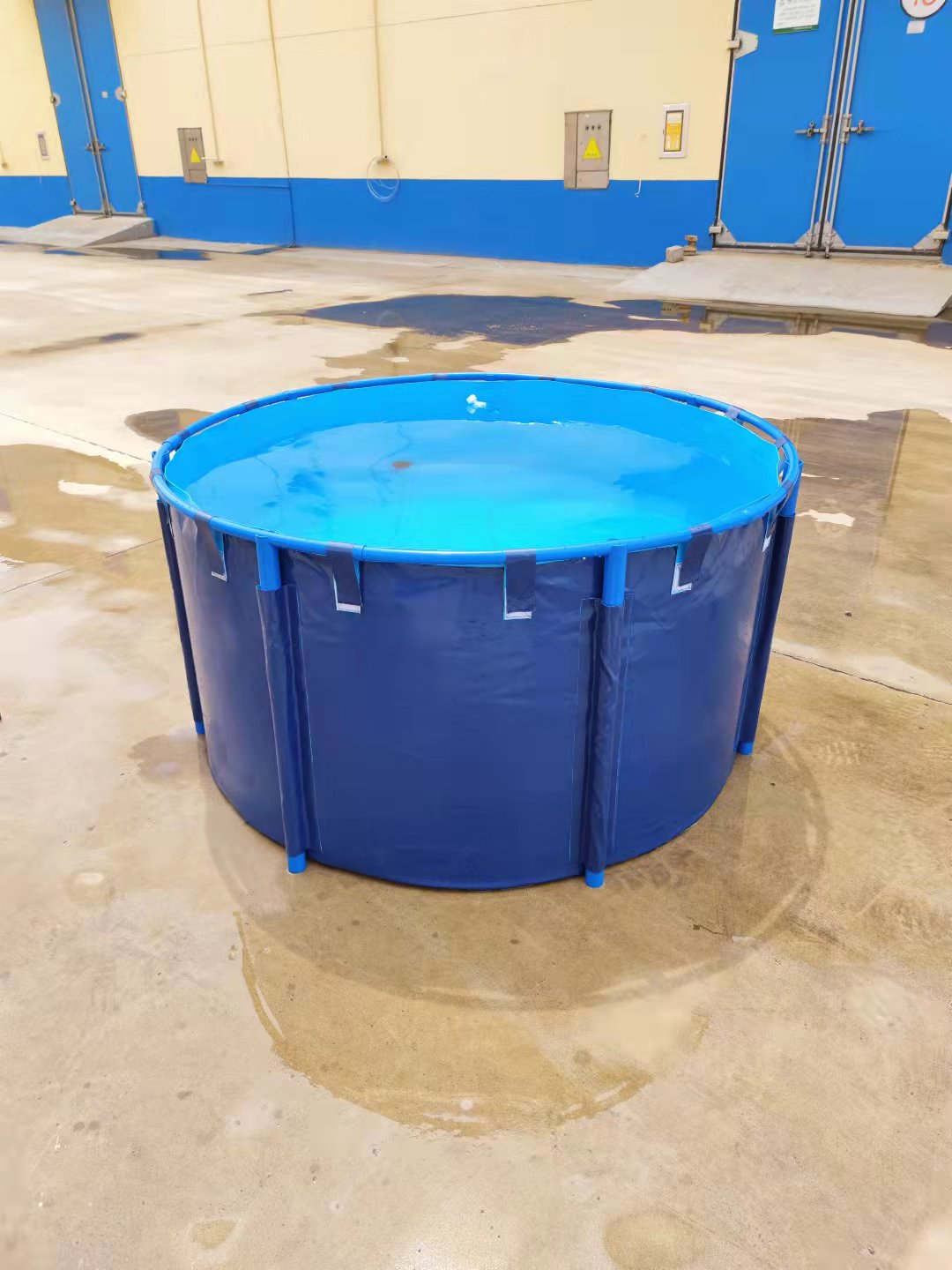The Crucial Role of Fire Beaters in Industrial Safety
In the realm of industrial safety and emergency response, the Fire Beater stands as a fundamental yet indispensable tool. Designed for effectively extinguishing small ground fires, especially in wildland-urban interface areas or during initial stages of industrial incidents, these devices are critical for mitigating risks before a blaze escalates. The growing awareness of environmental protection and stringent safety regulations across various sectors, including petrochemical, mining, and forestry, has significantly driven the demand for reliable and efficient fire suppression equipment. Modern fire beater designs incorporate advanced materials and ergonomic considerations, moving beyond traditional rudimentary tools to offer enhanced performance, durability, and user safety. This evolution reflects an industry-wide commitment to proactive fire management, minimizing both material losses and potential environmental damage, and safeguarding personnel operating in high-risk environments.
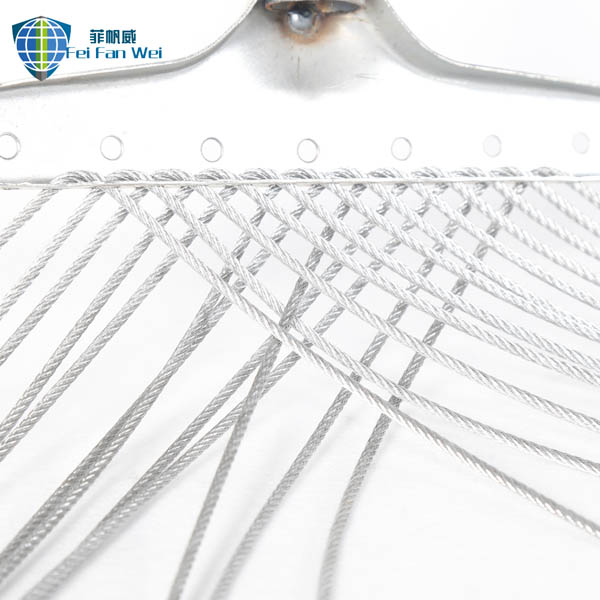
Advanced Manufacturing Processes and Material Excellence
The efficacy and longevity of a Fire Beater are directly attributable to its meticulously engineered manufacturing process and the selection of high-grade materials. Typically, the production begins with material selection, where robust, flame-resistant, and high-strength components are chosen. The paddle, which is the primary extinguishing component, is often made from reinforced rubber, high-density polyethylene (HDPE), or specialized non-metallic composites that can withstand extreme temperatures, abrasion, and repeated impact without deforming or degrading. The handle, conversely, requires materials offering both strength and lightweight properties, such as fiberglass, treated hardwood, or aluminum alloys, often employing processes like pultrusion for fiberglass or precision CNC machining for aluminum to ensure consistent wall thickness and ergonomic grip. Fabrication involves precision cutting, molding (for paddles), and secure attachment of the paddle to the handle, frequently using high-strength fasteners or chemical bonding agents for maximum integrity. Each production batch undergoes rigorous quality control, adhering to international standards such as ISO 9001 for quality management and relevant ANSI/NFPA standards for fire safety equipment, ensuring that every Fire Beater meets stringent performance and durability benchmarks. This commitment to process excellence guarantees a product with an extended service life and reliable performance in critical situations.
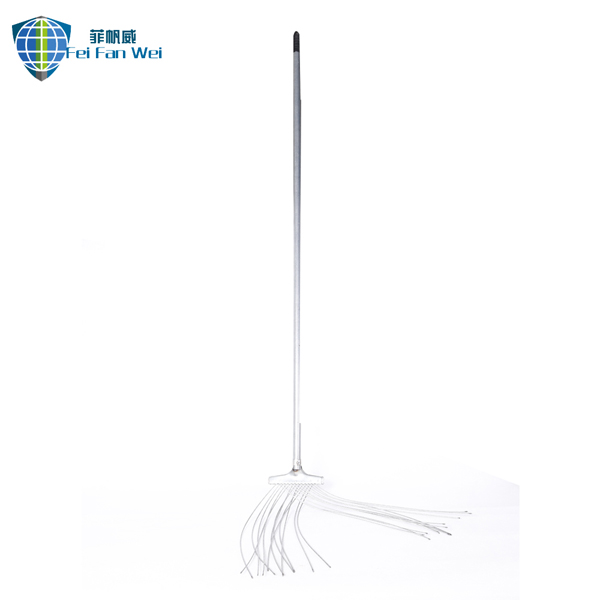
Technical Specifications and Performance Parameters
Understanding the technical specifications of a Fire Beater is crucial for procurement specialists and safety engineers to select the most appropriate tool for their operational needs. Key parameters include the overall length, which impacts reach and maneuverability; the paddle dimensions, influencing the extinguishing surface area; and the material composition of both the paddle and handle, dictating durability and resistance to environmental factors. Weight is also a significant factor, as a lighter tool reduces user fatigue during prolonged use, enhancing operational efficiency during emergencies. For instance, a fiberglass handle offers a superior strength-to-weight ratio compared to traditional wood, while a reinforced rubber paddle provides excellent flame suppression without generating sparks. Thermal resistance and UV stability are additional critical parameters, especially for tools stored outdoors or exposed to harsh industrial conditions. The table below outlines typical specifications that define the performance and suitability of high-quality Fire Beaters for various applications.
| Parameter | Specification | Benefit/Application |
|---|---|---|
| Overall Length | Approx. 1.5 - 2.0 meters (59-79 inches) | Optimal reach for ground fires; reduces direct exposure to heat/smoke. |
| Paddle Material | Reinforced Rubber, High-Density Polyethylene (HDPE), Non-metallic composite | Excellent flame suppression, abrasion resistance, non-sparking, chemical resistance. |
| Paddle Dimensions | Approx. 30cm x 30cm (12x12 inches) | Efficiently smothers flames with a broad, flat surface. |
| Handle Material | Fiberglass, Treated Hardwood, Aluminum Alloy | Lightweight, high tensile strength, electrical insulation (fiberglass), ergonomic grip. |
| Weight | Approx. 1.5 - 2.5 kg (3.3 - 5.5 lbs) | Reduces operator fatigue, improves usability during prolonged fire fighting. |
| Temperature Resistance | Up to 250°C (482°F) for paddle | Maintains structural integrity and performance in high heat environments. |

Key Advantages and Application Scenarios
The inherent advantages of a well-designed Fire Beater extend beyond simple fire suppression. These tools are highly effective for rapid deployment in remote areas where water sources or heavy equipment might be unavailable, offering immediate response capability. Their non-sparking paddle materials are crucial in environments with flammable gases or dust, such as petrochemical plants, grain elevators, or mining operations, where traditional metal tools could pose an ignition risk. Furthermore, the design inherently promotes energy efficiency by extinguishing fires through smothering and beating, reducing the need for water, which is a significant advantage in water-scarce regions or situations where water damage must be minimized. In terms of application, Fire Beaters are indispensable in forestry for controlling brush fires and preventing their spread, in agricultural settings for managing stubble fires, and within industrial complexes for containing small chemical spills or electrical fires where specialized non-conductive versions are paramount. They are also standard equipment for public utility companies managing rights-of-way, ensuring safety around power lines and pipelines.
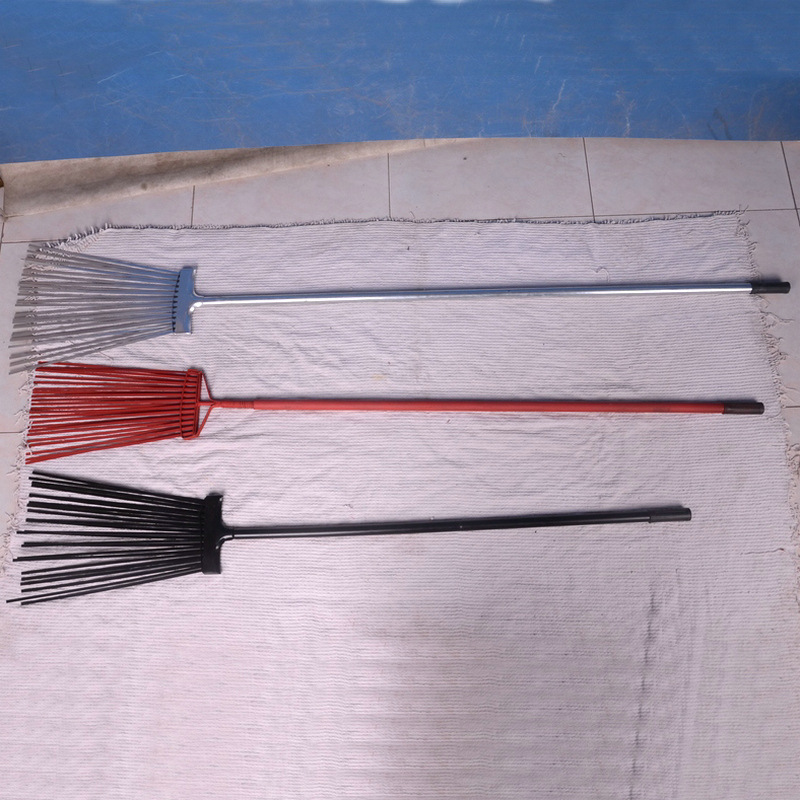
Manufacturer Comparison and Customization Solutions
When selecting a Fire Beater, discerning buyers often conduct a thorough comparison of manufacturers, evaluating not only standard product offerings but also the capacity for customization and post-sales support. Leading manufacturers differentiate themselves through material innovation, adherence to international safety standards, and the provision of tailored solutions for specific industrial requirements. For instance, some manufacturers specialize in ultra-lightweight designs for prolonged use in wilderness firefighting, while others focus on highly durable, chemical-resistant models for industrial chemical facilities. Customization options might include specialized handle lengths, specific paddle materials optimized for unique fire types (e.g., highly abrasive surfaces), color-coding for departmental identification, or integration with other safety tools. A transparent manufacturer will offer clear data on material specifications, testing results, and compliance certifications like ISO 9001 and NFPA 1977. This flexibility and commitment to meeting precise operational demands empower organizations to procure fire suppression tools that are perfectly aligned with their safety protocols and environmental challenges. Below is a comparative overview of typical considerations when evaluating different suppliers in the market.
| Feature/Criteria | Manufacturer A (e.g., FFW Fire Safety) | Manufacturer B (Typical Market) | Manufacturer C (Specialty) |
|---|---|---|---|
| Paddle Material Innovation | Reinforced EPDM Rubber (High Durability & Temp. Res.) | Standard PVC or Basic Rubber | Fiberglass Composite (Ultra Lightweight) |
| Handle Material & Ergonomics | Pultruded Fiberglass, Anti-slip Grip | Treated Wood or Basic Steel | Aluminum Alloy, Adjustable Length |
| Certifications & Standards | ISO 9001, Meets NFPA 1977 Guidelines | Basic CE Marking | ATEX Certified (for hazardous zones) |
| Customization Options | Handle Length, Paddle Material, Color-coding, Branding | Limited (e.g., standard colors) | Extensive (Special coatings, unique paddle shapes) |
| Warranty & Support | 5-Year Limited Warranty, Dedicated Technical Support | 1-Year Standard Warranty | Lifetime on Core Components |

Real-World Application Cases and Customer Testimonials
The practical utility of the Fire Beater is best exemplified through its diverse application in real-world scenarios and the positive feedback from end-users. In a recent incident at a major petrochemical facility, a small ground fire erupted due to a mechanical spark. The on-site safety team swiftly deployed Fire Beaters, effectively smothering the flames within minutes, preventing escalation and averting potential catastrophe. This rapid intervention highlighted the tool's effectiveness in contained industrial settings. Similarly, a forestry department reported significant success during a dry season, where their crews utilized robust Fire Beaters to create fire breaks and extinguish numerous spot fires, demonstrating their critical role in wildland firefighting efforts. Testimonials frequently praise the ergonomic design, which reduces user fatigue during prolonged operations, and the durability of the paddle materials, which withstand repeated impacts without signs of wear. "Our team relies on these Fire Beaters for every initial response," states a safety manager from a leading utilities company. "Their robust construction and efficient design have proven invaluable for mitigating risks in our expansive network of power lines and substations." These experiences underscore the trustworthiness and reliability that advanced Fire Beaters bring to critical safety operations across various industries.
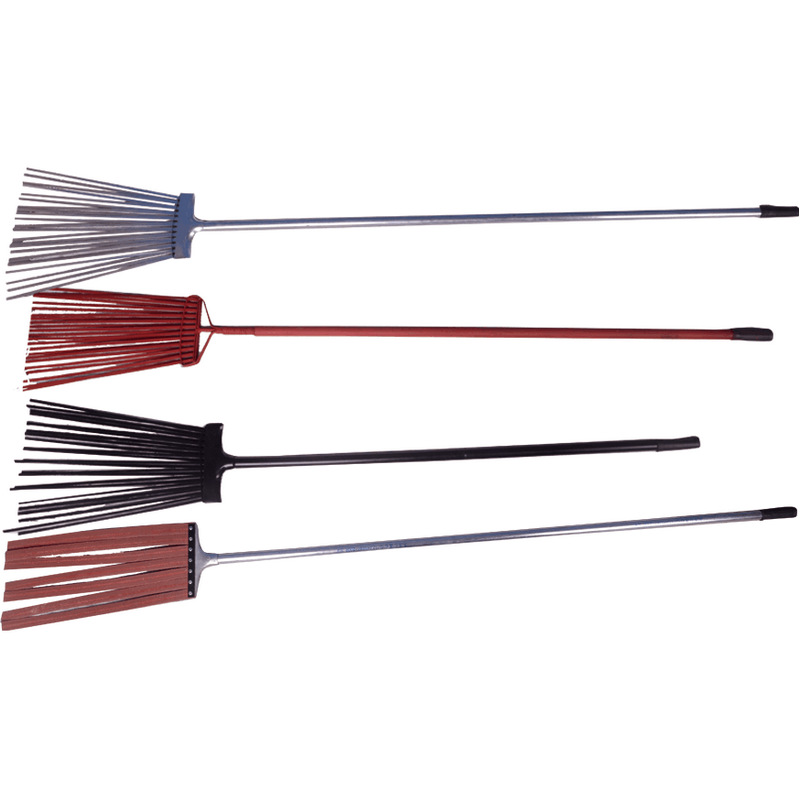
Commitment to Quality, Delivery, and Customer Support
Ensuring the highest standards of quality is paramount for any fire safety equipment. For Fire Beaters, this commitment is backed by adherence to internationally recognized certifications such as ISO 9001:2015, which guarantees a consistent quality management system from design to delivery. Products undergo rigorous internal testing, including impact resistance, thermal exposure, and material integrity checks, to ensure they surpass industry benchmarks. Typical delivery cycles are efficiently managed, with standard orders processed within 3-5 business days for domestic shipments and 7-14 days for international dispatch, depending on volume and destination. Expedited shipping options are also available to meet urgent operational demands. Each Fire Beater comes with a comprehensive product warranty, usually covering manufacturing defects for a period of 5 years from the date of purchase, reflecting confidence in the product's durability and craftsmanship. Moreover, dedicated customer support teams are readily available to assist with product inquiries, technical specifications, and post-sales service, ensuring that clients receive prompt and effective assistance throughout the product lifecycle. This holistic approach reinforces the trustworthiness and reliability expected by B2B clients in critical safety sectors.
Frequently Asked Questions (FAQ)
What materials are typically used for the paddle of a Fire Beater?
The paddle of a Fire Beater is commonly manufactured from reinforced rubber, high-density polyethylene (HDPE), or advanced non-metallic composites. These materials are chosen for their exceptional resistance to high temperatures, abrasion, and chemicals. Reinforced rubber paddles offer superior flexibility and impact absorption, making them ideal for smothering various types of ground fires. HDPE and composite paddles, on the other hand, provide excellent rigidity and durability, often preferred for more aggressive use in rugged terrains or industrial environments where non-sparking properties are crucial. The selection of the appropriate paddle material significantly enhances the tool's effectiveness and ensures its longevity under demanding conditions.
How does a Fire Beater extinguish fires?
A Fire Beater primarily extinguishes fires through two mechanisms: smothering and mechanical beating. When the paddle is pressed or swept over flames, it smothers the fire by depriving it of oxygen, which is one of the three essential elements of the fire triangle (fuel, oxygen, heat). The broad, flat surface of the paddle physically pushes burning material away and cuts off the oxygen supply. Additionally, the beating action breaks apart burning fuel, scattering embers and disrupting the combustion process, thereby cooling the fire and preventing its spread. This method is particularly effective for small ground fires, brush fires, and instances where water or chemical extinguishing agents are impractical or unavailable, offering a quick and efficient initial response.
What is the typical service life of a high-quality Fire Beater?
The service life of a high-quality Fire Beater can vary significantly based on its construction materials, manufacturing quality, frequency of use, and proper maintenance. Generally, professionally manufactured Fire Beaters, especially those with fiberglass handles and reinforced composite paddles, are designed for a service life of 5 to 10 years under normal operational conditions. Some high-end models, particularly those used in less demanding environments and meticulously maintained, may last even longer. Factors that can shorten service life include exposure to extreme UV radiation, prolonged chemical contact, improper storage leading to material degradation, or excessive physical abuse. Regular inspection for signs of wear, damage, or material fatigue is recommended to ensure the tool remains fully operational and safe for use in emergency situations.
Conclusion: Investing in Reliable Fire Suppression
The selection of a professional-grade Fire Beater is not merely a procurement decision but a strategic investment in the safety and operational continuity of industrial facilities and emergency response teams. As demonstrated, the evolution of these tools, driven by advanced material science and precision engineering, has transformed them into highly effective, durable, and ergonomic instruments capable of mitigating fires swiftly and safely. From critical petrochemical plants requiring non-sparking tools to vast forestry operations battling wildland fires, the adaptability and reliability of a modern Fire Beater are indispensable. Partnering with a manufacturer committed to stringent quality control, offering comprehensive customization options, and providing robust post-sales support ensures that organizations are equipped with the best possible tools to protect assets, personnel, and the environment. Proactive fire safety measures, underpinned by superior equipment like the advanced Fire Beater, are fundamental to responsible industrial practice in an ever-evolving landscape of risk management.
References
- National Fire Protection Association (NFPA). NFPA 1977: Standard on Protective Clothing and Equipment for Wildland Fire Fighting.
- International Organization for Standardization (ISO). ISO 9001: Quality Management Systems – Requirements.
- Forestry and Fire Management Review. "The Efficacy of Hand Tools in Initial Attack Wildland Fire Suppression."
- Industrial Safety and Health Journal. "Material Science Innovations in Non-Sparking Tools for Hazardous Environments."









